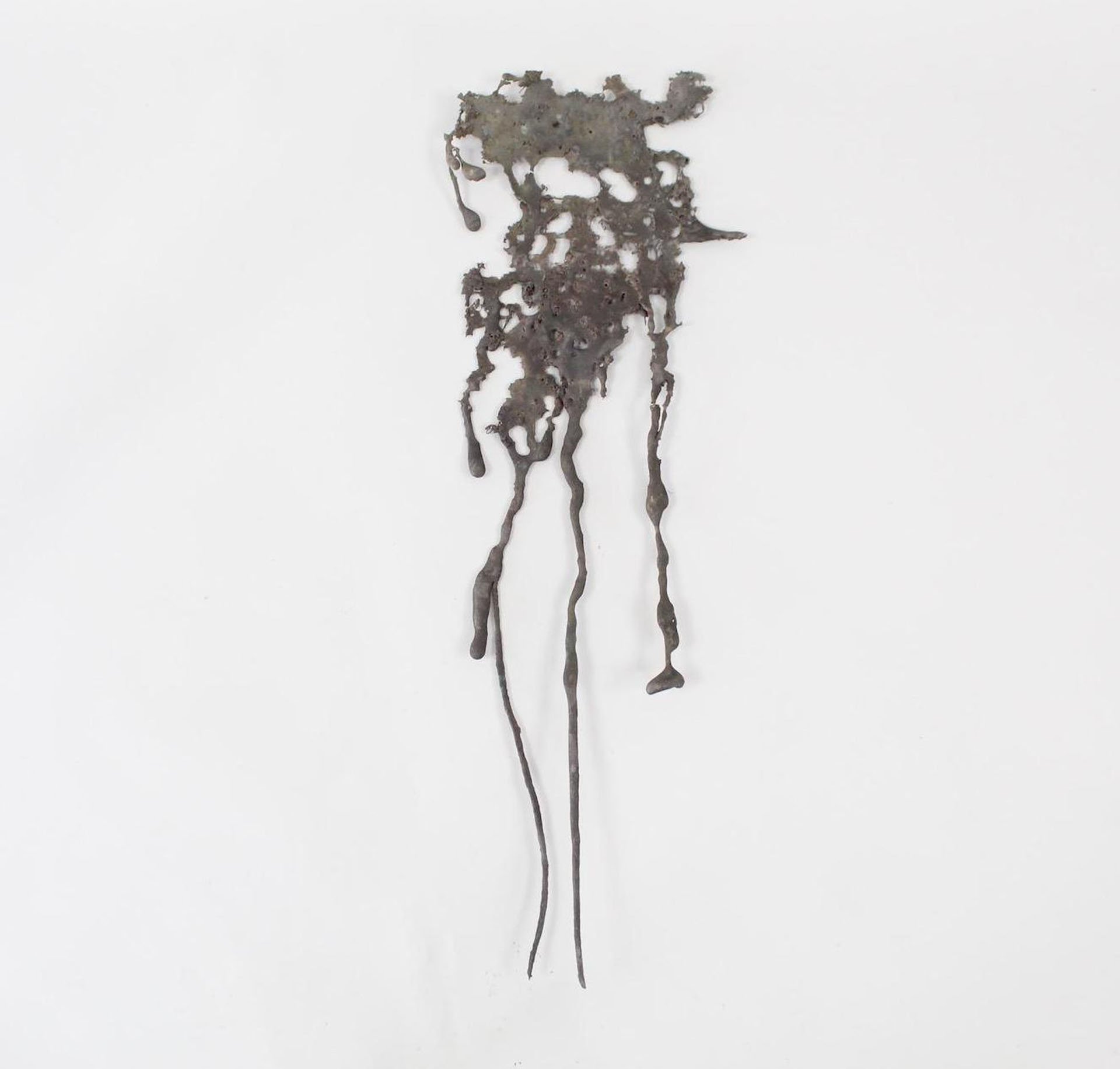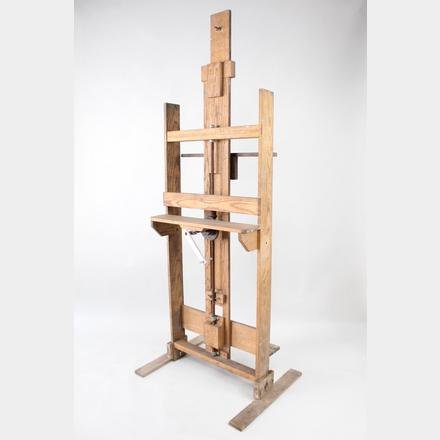Mihail Chemiakin’s Metal Slag and the Residue of Art
Public Sale’s upcoming auction includes fifty-two lots of hardened metal slag, in both individual pieces and assemblages, in a range of sizes, each of them unique in shape and composition. They come from the studio of artist Mihail Chemiakin (b.1943), Russian artist and controversial figure in the underground art scene of the Soviet Union, who for many years maintained a studio near Hudson.
The auction’s title, Wisdom of the House, references this very same studio, which, standing atop a hill near a busy road, must have seemed to passersby like one of those stately old homes that has experience beyond its years and stories to tell. Chemiakin’s home studio acquired its own unique history and accumulation of props, many of which are also included in this auction: from furniture, easels, palettes, work tables, and other artistic accoutrements, dozens of industrial toy molds, as well as rooms full of sculptural works, both finished and unfinished.
These unusual metal slag objects occupy an interesting sort of gray area between or perhaps beyond the finished and unfinished. As remnants of a metalworking process, they may not be considered finished works of art. But they were kept by the artist, singled out from among others, and placed throughout his home studio in an act of intentional display. The term “readymades” is usually used to refer to an artist’s reframing of mass-produced objects as art; what do we call it when those objects were collected in mass by the artist himself?
What makes these abstract organic flattened 3-dimensional forms even more compelling is Chemiakin’s practice of photographing and incorporating the shapes and textures of flattened refuse and other found objects from city streets into new works of art, as shown in his 2013 book Sidewalks of Paris. This body of work, though contrasting in scale, has a certain consistency with Chemiakin’s more monumental metal sculptures.
And the link between the two may be found in these metal slag objects. If indeed they arose from the excesses of an artistic process, they still may not have been originally intended as art. And yet their form would have been directly determined by the works that caused their existence. One wonders: what large sculptures might have led to these heavy, hardened puddles of molten metal? Compared to most examples of welding metal splatter, these huge agglomerations might be said to have a monumentality all their own. Or did they result from many different pieces, the drips accumulating like sweat from years of hard work?
Credit: Alan Weaver Real Estate
Seen in this way, they begin to have a curious kind of aura: not the original, not a facsimile or reproduction, but something else—an epiphenomenon, a remnant, a hint, which in referencing the artistic process, becomes oddly as authentic as the artistic product. More artifact than art, but somehow with the appeal of both. A heavy mass of metal that embodies a subtle trace of the artist’s true work, which is never about producing objects alone.














